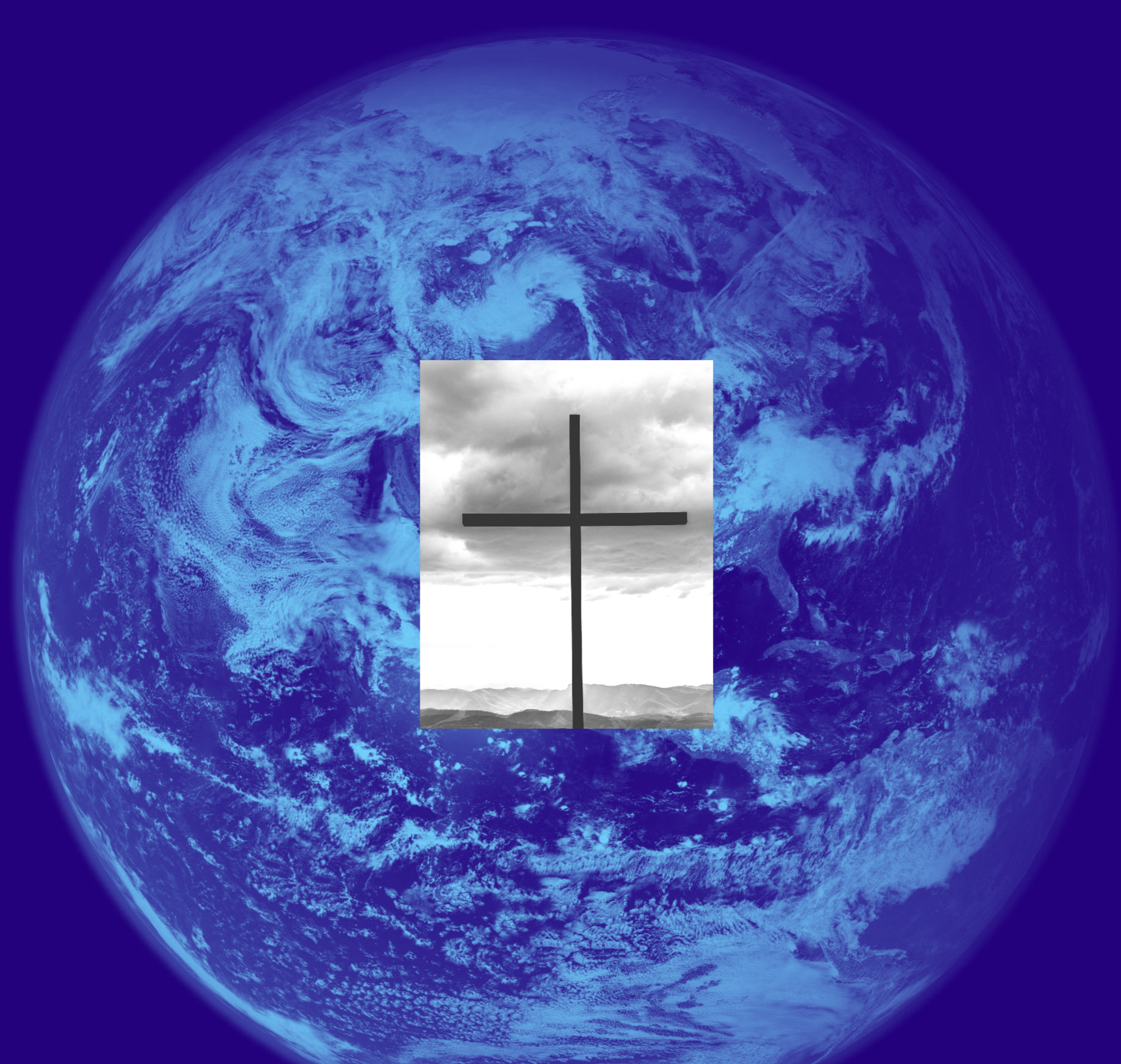The Carrington Solar Storm of 1859
A Celestial Phenomenon That Rocked the Earth
В анналах астрономічної історії мало що є настільки загадковим і захопливим, як сонячна буря Каррінгтона 1859 року.
In the annals of astronomical history, few events are as enigmatic and attention-grabbing as the Carrington Solar Storm of 1859. This extraordinary event, named after the British astronomer Richard Carrington, who first observed it, marked the largest recorded solar storm to have impacted Earth. While the 19th-century world was far less dependent on technology than today, the storm’s consequences were still palpably felt, and its potential repercussions provide a stark reminder of the Sun’s power.
The Anatomy of the Solar Storm
Сонячна буря розпочалася наприкінці серпня 1859 року, коли на поверхні Сонця почали з'являтися надзвичайно великі сонячні плями, видимі навіть неозброєним оком. 1 вересня Каррінгтон спостерігав яскравий спалах світла, що виходив з великої групи сонячних плям, подію, яку зараз називають сонячним спалахом. Цей спалах являв собою інтенсивний вибух радіації та частинок, вивільнених з атмосфери Сонця. Протягом кількох годин за спалахом відбувся масивний викид корональної маси (CME) – колосальне виверження сонячного вітру та магнітних полів – який мчав до Землі.
Impact on Earth
Менш ніж через 18 годин після виявлення корональної масової випромінювання (CME) магнітосферу Землі бомбардували заряджені частинки. Наслідки шторму були негайними та вражаючими. Телеграфні системи, основа зв'язку 19-го століття, були серйозно порушені по всьому світу. З телеграфних апаратів сипалися іскри, оператори отримували удари струмом, а деякі системи продовжували надсилати та отримувати повідомлення навіть після відключення від джерела живлення, що є вражаючим досягненням, яке можна пояснити геомагнітною індукцією, спричиненою штормом.
Візуальні видовища
Perhaps the most visually striking result of the storm was the breathtaking auroras that lit up skies far beyond their usual polar confines. Northern lights were reportedly seen as far south as the Caribbean, while southern auroras illuminated the night sky in regions like Queensland, Australia. Enthralled observers witnessed blood-red skies, and the ethereal glow elicited a mixture of awe and fear, leading some to believe the world was coming to an end.
Lessons for Today
The Carrington Event stands as a profound lesson on the vulnerability of Earth to solar disturbances. It has prompted scientists and policymakers to consider the potential devastation similar events could wreak on our modern, technology-dependent world. In an age defined by integration with electronic systems, power grids, and satellites, the consequences could be far-reaching. The disruption of global communication, navigation systems, and broader infrastructure could devastate economies and compromise safety.
Сучасна астрономія та моніторинг космічної погоди значно еволюціонували, щоб передбачати та пом'якшувати потенційний вплив космічної погоди. Такі агентства, як NASA, розробили складні супутники та системи прогнозування для моніторингу сонячної активності, надаючи життєво важливі дані для передбачення подібних подій. Проте експерти закликають до продовження інвестицій у дослідження та підготовку до захисту технологічних активів від майбутніх сонячних бур.
In hindsight, the Carrington Solar Storm of 1859 serves as a compelling narrative. It underscores the intricate relationship between Earth and the Sun and reminds us of the celestial forces at play, ones that continue to shape our planet in profound and sometimes unpredictable ways.


































